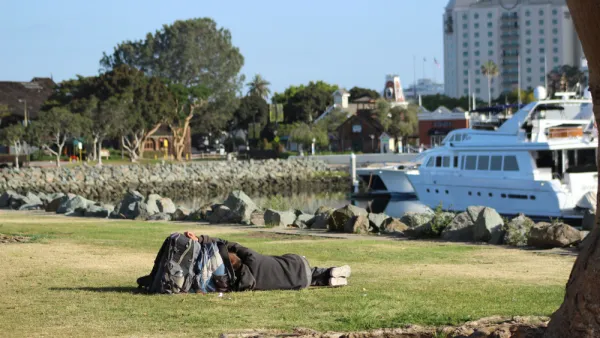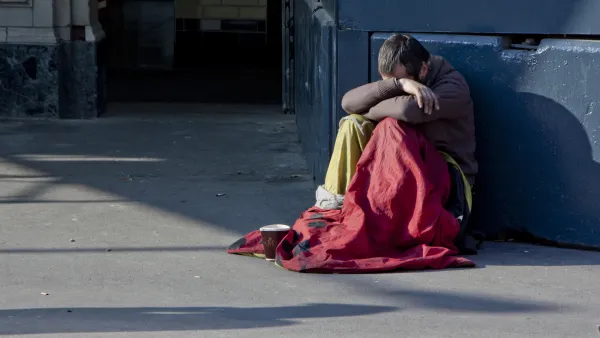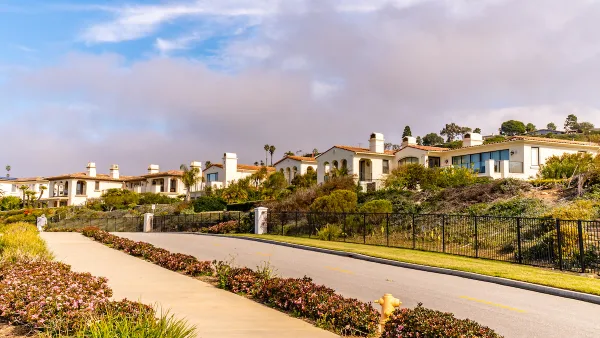As cities around the U.S. scramble to figure out how to address the housing affordability crisis, one of them has now leaned on the benevolence of what some consider the least benevolent of them all.
As cities around the U.S. scramble to figure out how to address the housing affordability crisis, one of them has now leaned on the benevolence of what some consider the least benevolent of them all.
Amazon, the world’s largest online retailer, declared Seattle (specifically its South Lake Union district) its new home several years ago, and began moving employees in last year. The corporation’s planned campus, to consist of three towers and at least 20 other office buildings, will bring more than 20,000 jobs to Seattle. Amazon’s presence has already propelled smaller tech startups (and big tech company, Google) to set up shop, and the buying and building frenzy that continues to ensue caused the mayor to declare a “housing state of emergency” last year in what is now the country's 4th-fastest growing city.
Amazon's move to this once-desolate neighborhood in Seattle has been the catalyst for the largest number of residential permit applications since 1984, according to The New York Times, and its masses of employees have attracted food trucks and other small business activity in and around the district.
Ironically, Seattle’s attractiveness to the tech sector is in part due to the fact that housing in the Bay Area—the nation’s largest tech hub—has become too pricey, and more and more people in the field are fleeing to what they consider more affordable housing in Seattle.
The relativity of “affordable” comes into play, as the city was not overflowing with housing to begin with, and now the influx of people with deeper pockets has caused many low- to moderate-income city residents to feel the pressure of rising rents, and the city to face a surging homeless population. A January 2016 homeless count in Seattle and Kings counties reported 4,505 individuals living unsheltered, including about 400 families.
FULL STORY: Did Amazon Really Just Create a Pop-up Homeless Shelter?

Analysis: Cybertruck Fatality Rate Far Exceeds That of Ford Pinto
The Tesla Cybertruck was recalled seven times last year.

National Parks Layoffs Will Cause Communities to Lose Billions
Thousands of essential park workers were laid off this week, just before the busy spring break season.

Retro-silient?: America’s First “Eco-burb,” The Woodlands Turns 50
A master-planned community north of Houston offers lessons on green infrastructure and resilient design, but falls short of its founder’s lofty affordability and walkability goals.

Test News Post 1
This is a summary

Analysis: Cybertruck Fatality Rate Far Exceeds That of Ford Pinto
The Tesla Cybertruck was recalled seven times last year.

Test News Headline 46
Test for the image on the front page.
Urban Design for Planners 1: Software Tools
This six-course series explores essential urban design concepts using open source software and equips planners with the tools they need to participate fully in the urban design process.
Planning for Universal Design
Learn the tools for implementing Universal Design in planning regulations.
EMC Planning Group, Inc.
Planetizen
Planetizen
Mpact (formerly Rail~Volution)
Great Falls Development Authority, Inc.
HUDs Office of Policy Development and Research
NYU Wagner Graduate School of Public Service




























